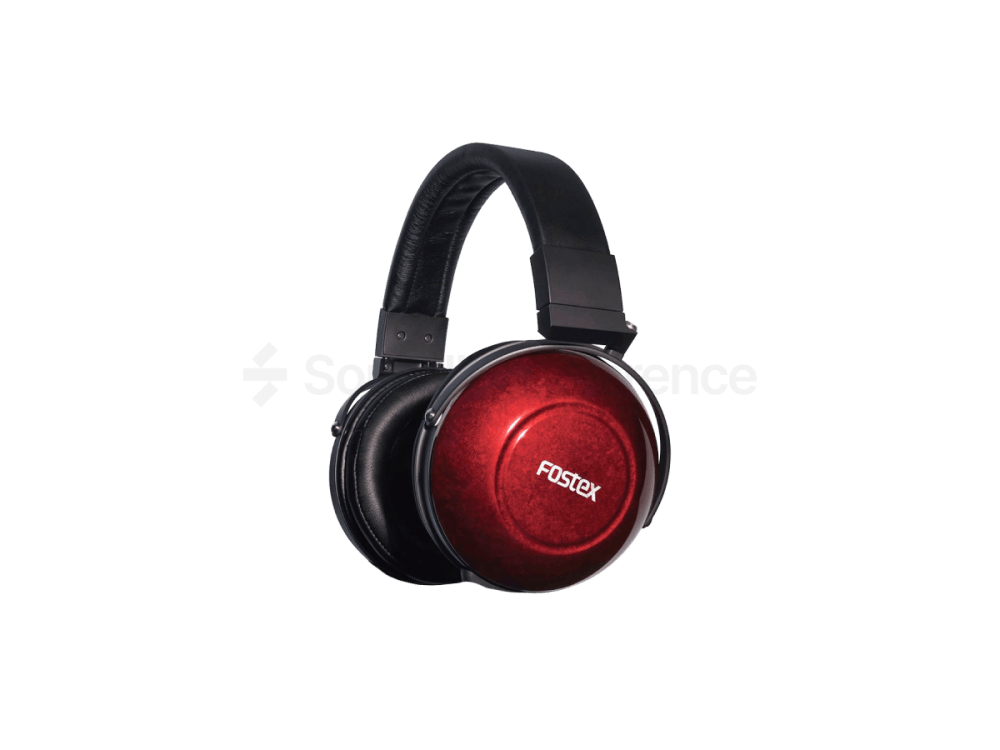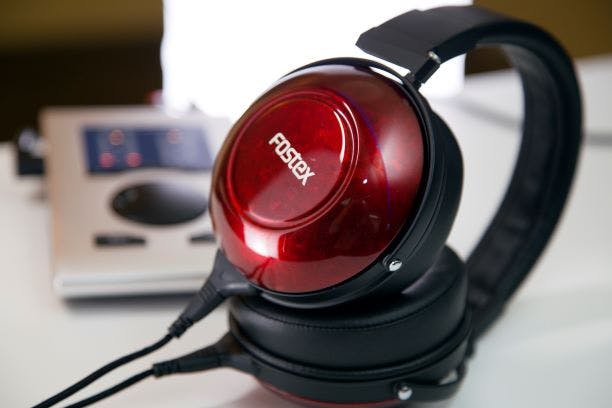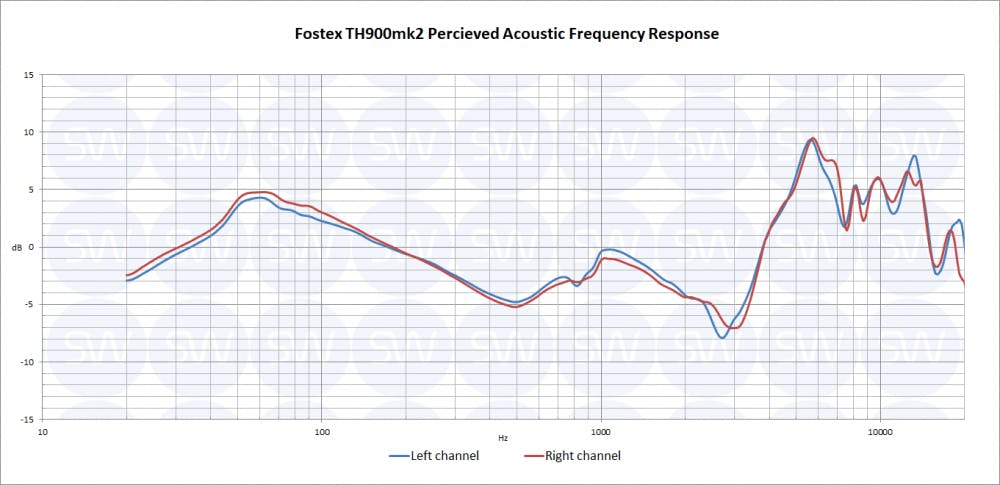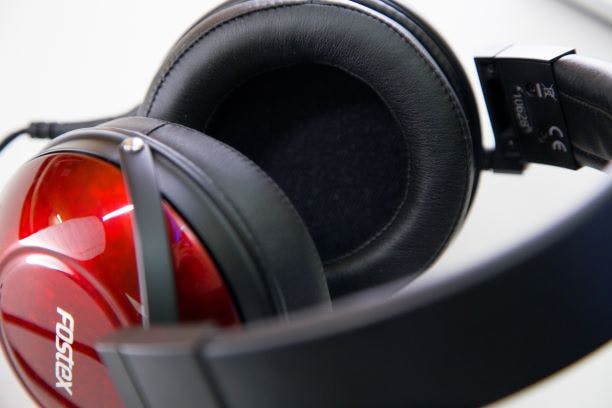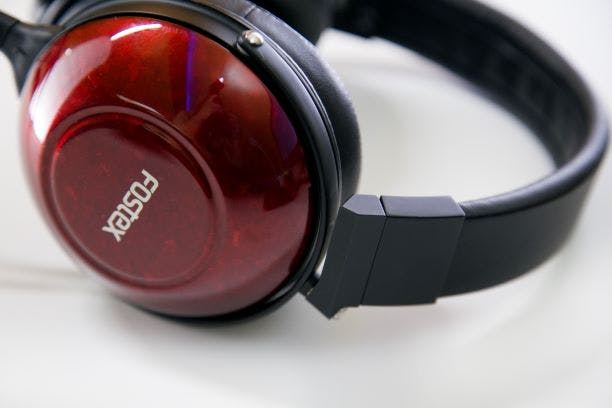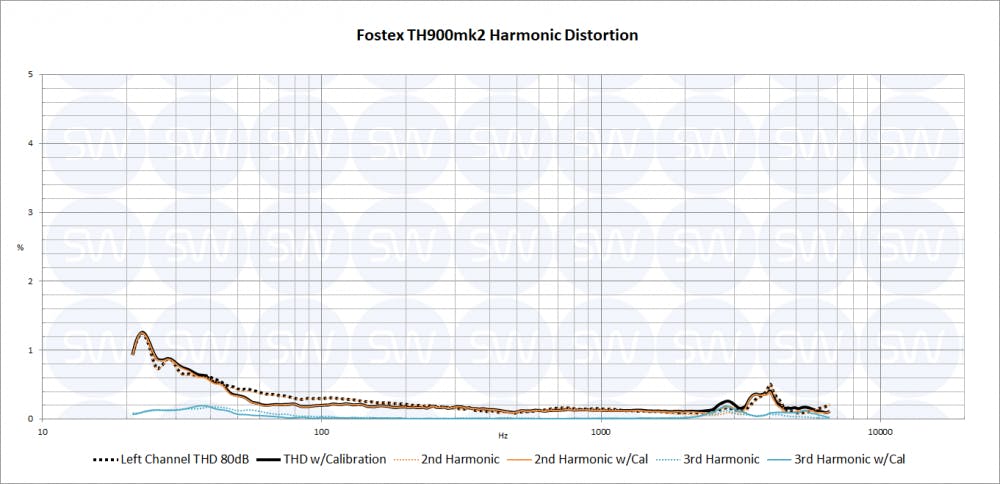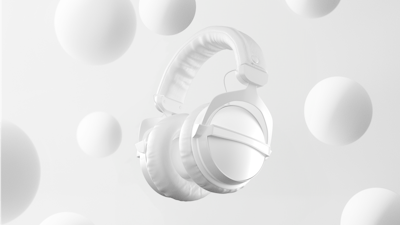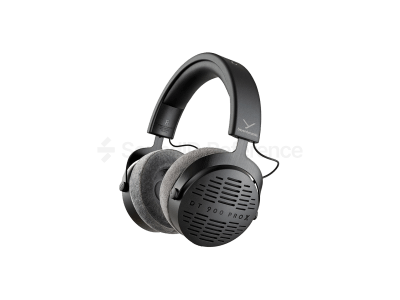In the last few reviews we looked at headphones from the more affordable end of the spectrum, this time it’s something more exotic – Fostex TH900 mk2 with an MSRP of $1,599. Not that long ago this was the Fostex flagship and still is the top of the range among closed backs. What exactly do you get for your money? Are these headphones worth the five-fold premium over a classic studio headphone pick like Sennheiser HD 650, Beyerdynamic DT 880 Pro or AKG K712 Pro?
- Comfort
- Very low THD
Pros list with SoundID Reference calibration
- Neutral sound
- Weak sound isolation
It’s not that popular for headphones of this price bracket to have impedance so low. This makes them easily driveable by any device and this adds to the versatility of TH900 mk2, theoretically making them a viable option for mobile work.
TH900’s are lighter than one might expect when looking at the oversized ear cups. Even more impressive is the fact that there are almost no plastic parts visible, most components are metal, and the 50 mm dynamic drivers are covered by a housing made of Japanese cherry birch.
The thick cable feels very high quality and should last an extremely long time. The protein leather used for ear pads and headband feels great to touch and helps to save weight further, the material is about 60% lighter than genuine leather according to Fostex. Overall the build feels sturdy and judging by the owner’s manual, Fostex has put thought into making TH900 mk2 durable, yet given how light they feel and the hefty price tag, I would get a hard case if I wanted to use them on-the-road.
When looking at headphones residing in the €1000+ segment you’ll often find unusual designs and blatant use of expensive materials, making headphones look exotic and expensive. Not the case with the TH900 mk2’s, these are very low-key in contrast. The wooden ear cups are fancy of course, but if you have no clue about the intricate lacquer techniques used for the finish, it’s easy to mistake the material for plastic.
There’s a very noticeable boost in the higher frequencies – about 9 dB from 6 kHz onwards, this boost paired with the dip in high-mid range results in a bright-sounding overall impression. The bass boost is relatively conservative, reaching 6 dB at peak, but the low end presence is intensified by the reduced low-mid region. Overall, the frequency response out of the box is quite tricky to work with. When paired with Sonarworks calibration though, these headphones truly come to life and offer a sublime resolution, it’s so good that it’s easy to forget you’re wearing a closed-back set. This sensation is enhanced by the very poor outside noise isolation and the fact that everyone in the room with you will hear more clearly what you’re listening to when compared to average closed backs.
Both channels are matched almost perfect for all of the measured pairs. In the real world, this means that there will be absolutely no perceivable channel differences and the stereo image will be as accurate as it gets, and at this price point, it better be!
The weight (which is quite low to begin with) is efficiently distributed across the head, making them feel even lighter and enhancing long listening session comfort. Ear pads cover pinna almost entirely and conform to the listener’s head shape comfortably, without exerting much pressure. This provides a relaxed fit so be careful with sudden head movements as it will cause them to slide around.
This is a quality set of headphones built with impressive attention to detail. The sound, once calibrated, is among the best-closed backs. However, the gains over other great closed cans that cost less than a third of what Fostex is asking, are negligible if any.
Nothing much to write about here as there is virtually no added distortion. This means that even the lowest sub bass notes (once calibration is applied) will be played back crystal clear. The rest of the spectrum, of course, will be no problem either, but that is common for almost all modern units. Headphones from this price bracket may have quite random frequency responses, but negligible THD is one spec that most of them share.
How accurate and consistent is the correction effect among different listeners?Open-back headphones are inherently better at this, but TH900 mk2’s perform very well for a closed-back set. Listeners with smaller heads though may perceive a few dB’s less bass due to the relaxed clamping force not delivering optimal seal.
How much do they differ pair to pair in terms of frequency response?Judging by our sample pool, manufacturing consistency is held to a high standard, as with most of the headphones from this price segment.
Rating
Conclusion
TH900 mk2’s have almost none of the drawbacks of a closed-back headphone yet almost none of the benefits either. The sound is very open but passive noise cancellation is weak and sound leakage considerable. This is a headphone for people who appreciate headphones and the workmanship that goes into making such pair. As studio headphones they are great, yet there are better options out there, sold at more reasonable prices.
Final Rating
Calibration Enabled
Calibration
